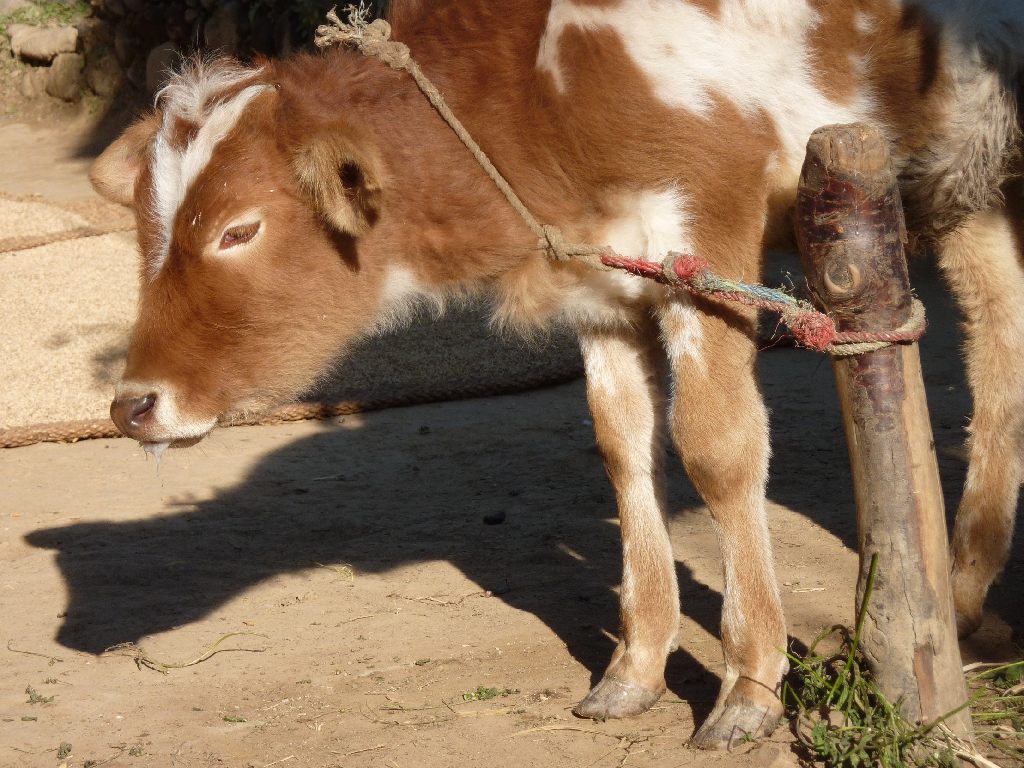Foot and Mouth Disease Basics

As most people are aware, Foot and Mouth Disease (FMD) has the potential to cause devastating effects if it enters Australia and it’s very close by in Bali, Indonesia.
In 2012 I travelled to Nepal to study FMD as part of an Australian contingent of veterinarians and here are some basic messages for livestock producers based on what I saw.
What species are affected?
Main livestock species in Australia affected by FMD:
- Cattle
- Pigs
- Sheep
- Goats
It can also affect camels, llamas, alpacas, bison, water buffalo and deer.
What symptoms should you look for?
The early signs of FMD are often a bit vague, with the classic lesions on the foot and in the mouth rarely being the first thing you’ll find. You need to be on the lookout for:
FEVER – DROOLING - LAMENESS
So you are looking for an animal (or animals) that seem dopey, lying down more than you would expect and possibly drooling. Similar to what you’d see with Three Day Sickness. You don’t need to open their mouths looking for lesions – leave that to the experts.
Cattle tend to show obvious signs. Pigs also usually show clear signs. The symptoms are generally less obvious in sheep and goats.
When examining livestock, remember that the virus is extremely contagious!
What to do if you have concerns?
It’s much better to act early if you have any concerns at all regarding the health of your livestock. Immediately phone:
Your LLS on 1300 795 299 (during business hours) OR
The Animal Biosecurity Emergency Hotline on 1800 675 888 (monitored 24 hours a day).
It is reassuring that Australia has significant compensation arrangements for affected producers, although we will all be far better off if the FMD stays outside our borders.
Libby Guest (BVSc N6118)
Pic: Calf with FMD in Nepal showing classic signs of depression and drooling (Libby Guest)
The NSW DPI Primefact is available at Click here for FMD Primefact
in Latest News
Share this post
Posts this year
Archived Posts
- Posts in 2024
- Posts in 2023
- Posts in 2022
- Posts in 2021
- Posts in 2020
- Posts in 2019
- Posts in 2018
- Posts in 2017
- Posts in 2016